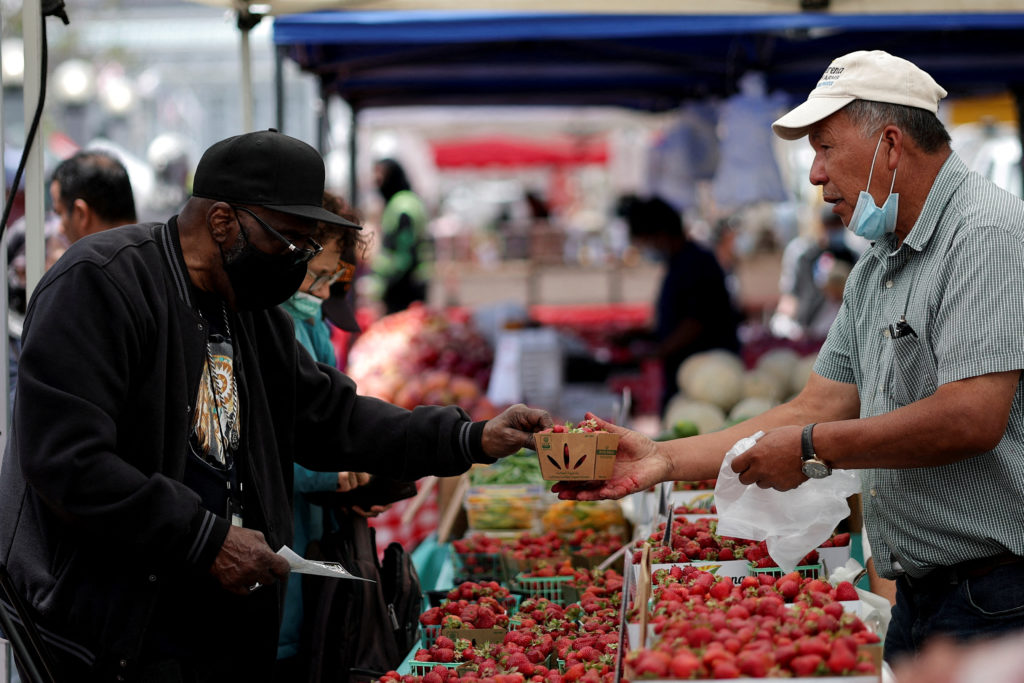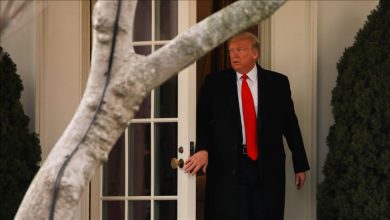U.S. inflation rises again as Trump declares victory over price hikes
Inflation in the United States has climbed in three of the past four months, edging higher than a year ago despite President Donald Trump’s claims that “inflation has been defeated.” Economists warn that dismissing the threat too soon could backfire for both the White House and the Federal Reserve.

Consumer prices in the U.S. rose 2.9% in August from a year earlier, up from 2.6% in the same period last year and above the Federal Reserve’s 2% target. It marks the third increase in four months, signaling that inflationary pressures are far from over.
Still, President Donald Trump told the United Nations General Assembly last month, “Grocery prices are down, mortgage rates are down, and inflation has been defeated.”
Fed’s optimism draws skepticism
At a key policy speech in August, Fed Chair Jerome Powell echoed a similar sentiment, saying inflation “has come down a great deal” and that “upside risks have diminished.” Yet many economists argue that both the White House and the Fed are underestimating the risk of persistent price growth.
Harvard economist Jason Furman, a former adviser to President Obama, cautioned, “It’s a big gamble to assume inflation is transitory. Once upon a time, 3% inflation would have been considered really high.”
Tariffs driving prices upward
The Trump administration’s aggressive tariff policy has added fuel to the fire. In recent weeks, Trump imposed 100% tariffs on pharmaceuticals, 50% on kitchen cabinets and bathroom vanities, and 25% on heavy trucks. Earlier this year, duties on Chinese imports spiked to 145%, halting production before later being reduced to 30%.
The result: higher manufacturing and import costs. Steel and aluminum tariffs have driven up packaging expenses for major food producers like Campbell Soups, whose CEO said in September that the company will launch “surgical pricing initiatives” to offset costs.
Chris Butler, CEO of National Tree Company, the nation’s largest artificial Christmas tree seller, said his firm will raise prices by about 10% this holiday season. “At the end of the day, we can’t absorb all of it — and neither can our factories,” Butler said. “We’ve had to pass along some of the increases to consumers.”
Everyday essentials getting pricier
The tariff impact is also hitting household budgets. Grocery prices rose 2.7% in August, marking the biggest non-pandemic jump since 2015. Coffee prices soared 21% over the past year, driven by Trump’s 50% import tax on Brazil — one of the world’s top coffee exporters — and droughts that have devastated harvests.
Fed walks a fine line
Despite inflation remaining above target, the Federal Reserve cut interest rates in September for the first time this year, citing concerns about rising unemployment. But several Fed officials have warned that loosening policy too early could undermine the central bank’s inflation-fighting credibility.
Jeffrey Schmid, president of the Kansas City Fed, stressed, “The Fed must maintain its credibility on inflation. History shows that once that confidence is lost, bringing prices back down becomes much more painful.”
Some see relief ahead
Fed Governor Stephen Miran, a Trump appointee, argued that a slowdown in rental costs and lower immigration could ease inflationary pressure. “I’m more optimistic about the inflation outlook than most,” he said, adding that falling demand could cool price growth in the coming months.
What comes next
The government’s delayed September inflation report is now set for release on October 24, after the recent government shutdown halted data collection. Economists warn that if price growth persists, both the Trump administration’s credibility and the Fed’s long-term authority could face renewed scrutiny.




